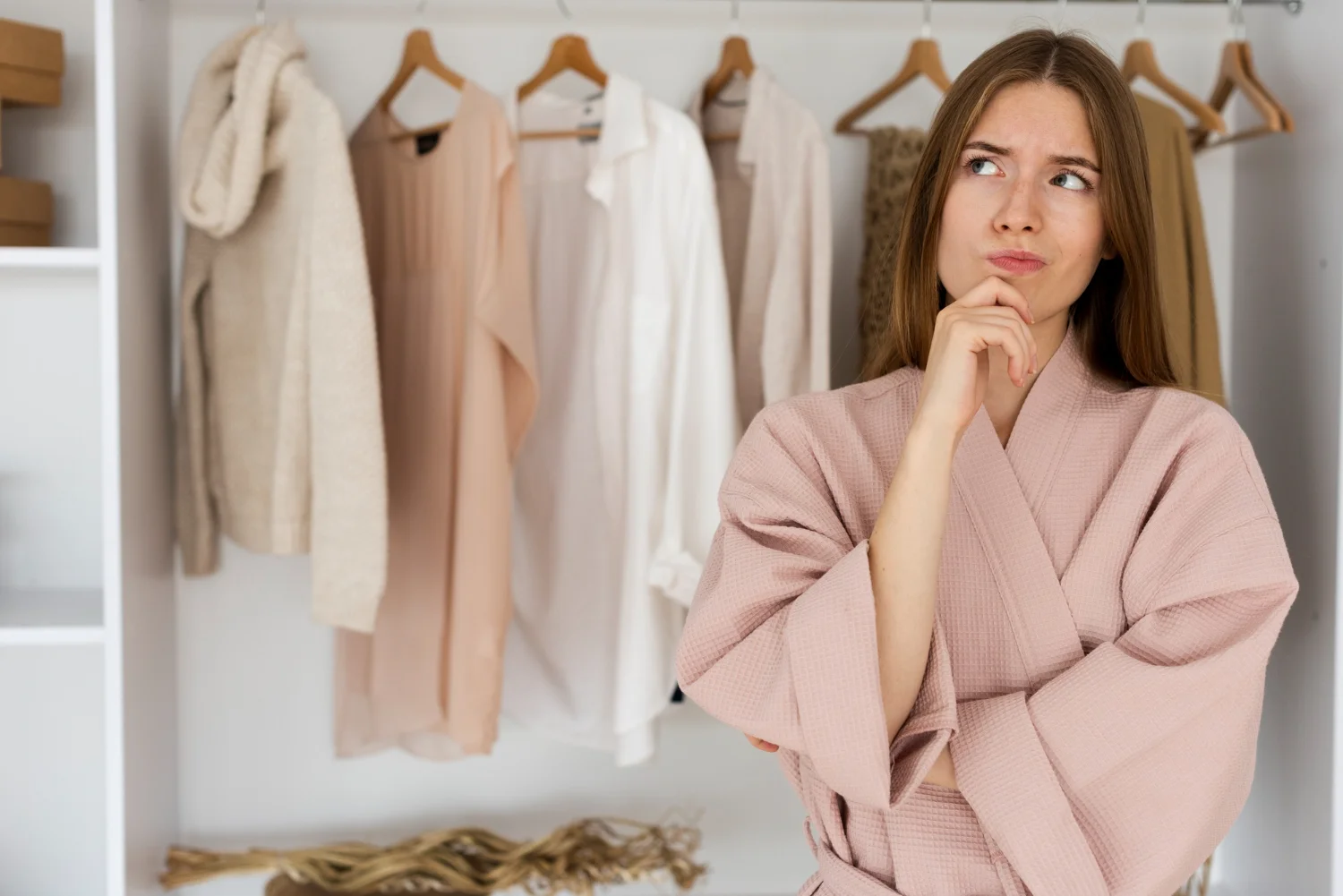It was a breezy summer evening when Maya arrived at her best friend’s engagement party. She walked in wearing a neon dress paired with heavy winter boots, convinced she had created a bold look. Instead of admiring glances, she was met with awkward stares and whispers. What Maya experienced that evening was what stylists call a fashion faux pas, a style slip that grabs attention for all the wrong reasons. Many of us have faced similar situations, thinking we look fashionable, only to realise later that we stood out for the wrong reason. Stories like this show why understanding style mistakes is so important.
What Does Fashion Faux Pas Mean?
The term fashion faux pas comes from French, literally translating to false step. It refers to an outfit or style choice that feels inappropriate, mismatched, or unflattering. This does not mean fashion must follow rigid rules. After all, style is personal and constantly evolving. However, certain combinations like mismatched shoes and formal wear, or flashy sequins in a conservative office, are widely recognised as mistakes. They draw attention not because they are daring but because they disrupt balance, context, and harmony.
Why Context Shapes Style
Fashion choices succeed or fail depending heavily on context. A glittery cocktail dress may be perfect at an evening gala, but awkward at a Sunday brunch. Likewise, a business suit fits a corporate meeting but looks out of place at a beach gathering. Context ensures that clothes work with, rather than against, the setting. When context is ignored, even the most expensive outfit can feel off-key.
Occasions and Expectations
Every occasion carries unspoken expectations. Weddings often demand elegance, workplaces require professionalism, and casual get-togethers call for relaxed comfort. When these expectations are disregarded, it results in an outfit that looks either overdressed or underdressed. A classic tuxedo at a casual picnic, or flip-flops at a board meeting, immediately signals a disconnect between attire and occasion.
Fashion Mistakes Across Time
What counts as a mistake today may not always remain so. History proves that trends can transform perceptions. Ripped denim, once seen as careless and inappropriate, became a fashion staple embraced worldwide. Similarly, sneakers with suits, once considered rebellious, now feature in high-end fashion shows. This shifting line shows that while the concept of a fashion faux pas is real, it is never entirely fixed. Cultural change, celebrity influence, and designer innovation constantly redraw the boundaries.
The Role of Public Figures
Celebrities often find themselves under scrutiny for their wardrobe choices. One miscalculated red carpet look can dominate headlines, sparking debates about what works and what fails. Yet these very mistakes sometimes evolve into trends. The lesson here is that even the most fashion-conscious individuals are not immune to missteps, but they can also turn them into statements with confidence and reinvention.
Why Do People Make Style Errors?
Fashion mistakes happen for many reasons. Some people experiment with trends without considering whether the look suits their body type or personality. Others confuse individuality with carelessness, choosing outfits that stand out for shock rather than style. In many cases, people follow global trends unthinkingly, forgetting to adapt them to local culture, climate, or occasion—all of these lead to awkward ensembles that feel forced rather than natural.
The Difference Between Bold and Awkward
Fashion thrives on risk-taking. Bold choices can look stunning when backed by confidence and balance. However, awkwardness arises when the elements clash without coherence. For example, an oversized jacket paired with sleek trousers can look chic when styled intentionally, but sloppy when worn without care for proportions. The difference is often subtle, but awareness makes all the difference.
How to Avoid Fashion Slip-Ups
The best way to avoid style errors is to approach fashion thoughtfully. Paying attention to fit, colour harmony, and occasion ensures that outfits highlight rather than overshadow personality. Investing in timeless wardrobe basics helps create balance even when experimenting with trends. Understanding what flatters your body type is equally important, as the same outfit can look entirely different on different people. Self-awareness, rather than blindly copying what others wear, reduces the risk of missteps.
Style Awareness and Confidence
Confidence is essential for carrying off any outfit. Yet confidence without awareness can backfire. The strongest looks are those that blend individuality with appropriateness. When people understand their own proportions, know the setting, and stay true to personal taste, their style naturally feels authentic. This harmony prevents fashion from slipping into the territory of mistakes.
Conclusion: Learning From Fashion Mistakes
Fashion is, at its heart, an expression of identity. But expression without awareness can quickly turn into a fashion faux pas. While mistakes can feel embarrassing in the moment, they are valuable lessons that sharpen our sense of style. They remind us that fashion is not about chasing every trend but about making choices that.



